Protein-based bioplastic can end contamination
terça-feira, março 15, 2022
As the demand for packaging increases, so does waste generated by petrochemical-based plastics. Currently, it is estimated that about 8 million tons of plastics end up in the oceans every year.
A research team led by Jingjing Li and Yawei Liu of the Chinese Academy of Sciences and Bo Wei, a member of PLA First General Hospital Medical Center, presented a new method for the production of protein-based plastics that are easily processable, biodegradable and biocompatible, and possess favorable mechanical properties
The properties of innovative bioplastics can be adapted to needs. For this, they developed two proteins rich in lysine and reproduced them in bacterial cultures: the "ELP" which is a polypeptide similar to the elastin protein of connective tissue that has no defined fold, which gives it hardness and elasticity. And the "SRT" consisting of ELP plus crystal segments of a squid protein with leaf structure β.
ELP (or SRT) reticulae a polyethylene glycol derivative (PEG) through its amino lysine side groups. If the connection occurs in water, the material can simply be dried in a mold. The result is a hard, transparent and solvent resistant bioplastic. Its mechanical properties can be varied by changing the proportion of PEG. This allows bioplastics to be produced at room temperature in any desired form and without toxic chemicals or complex processing steps. Its breaking voltage exceeds that of many commercial plastics. However, one problem still to be solved is that the material swells in water.










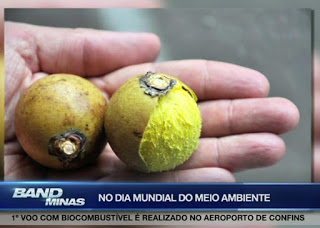
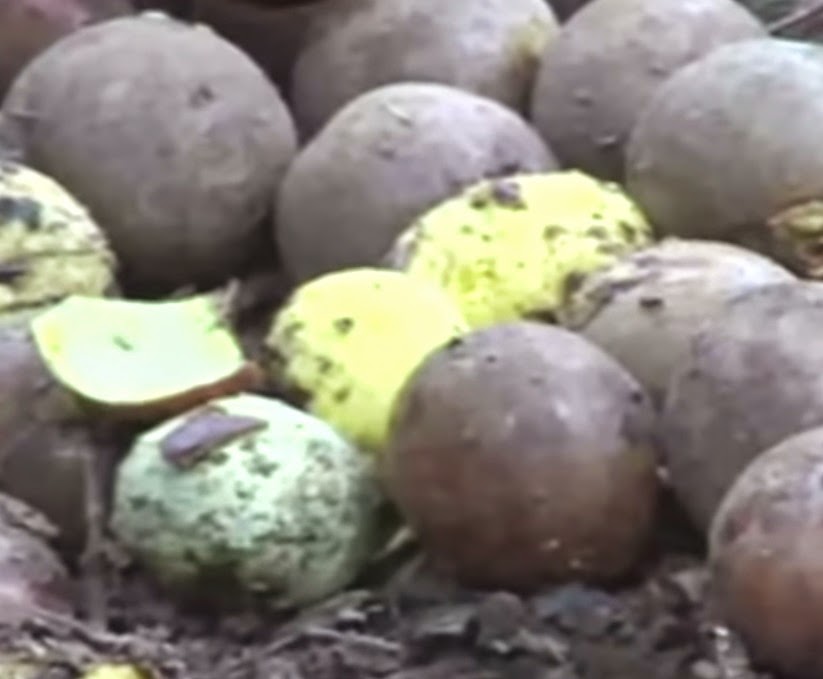
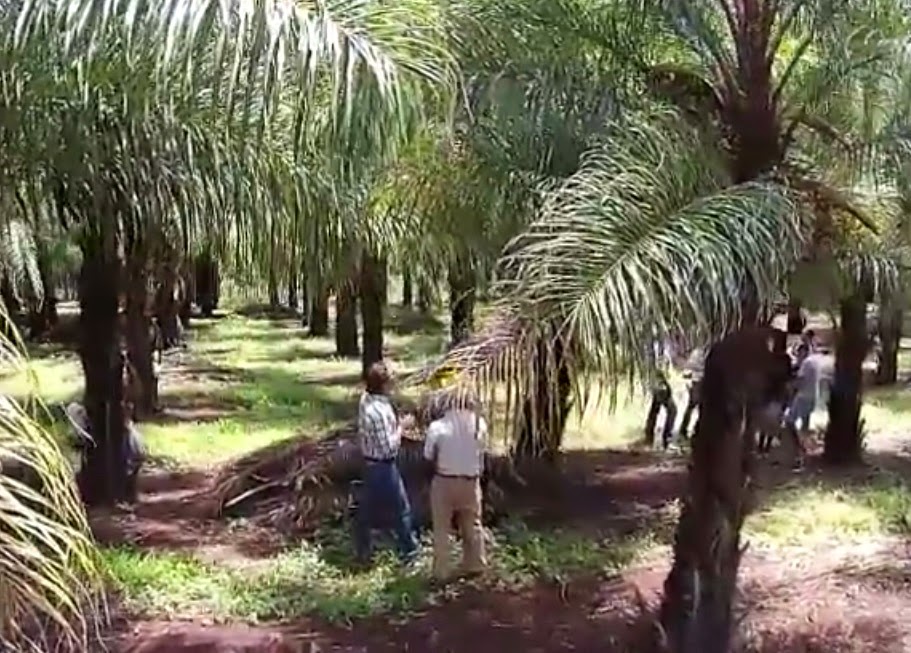

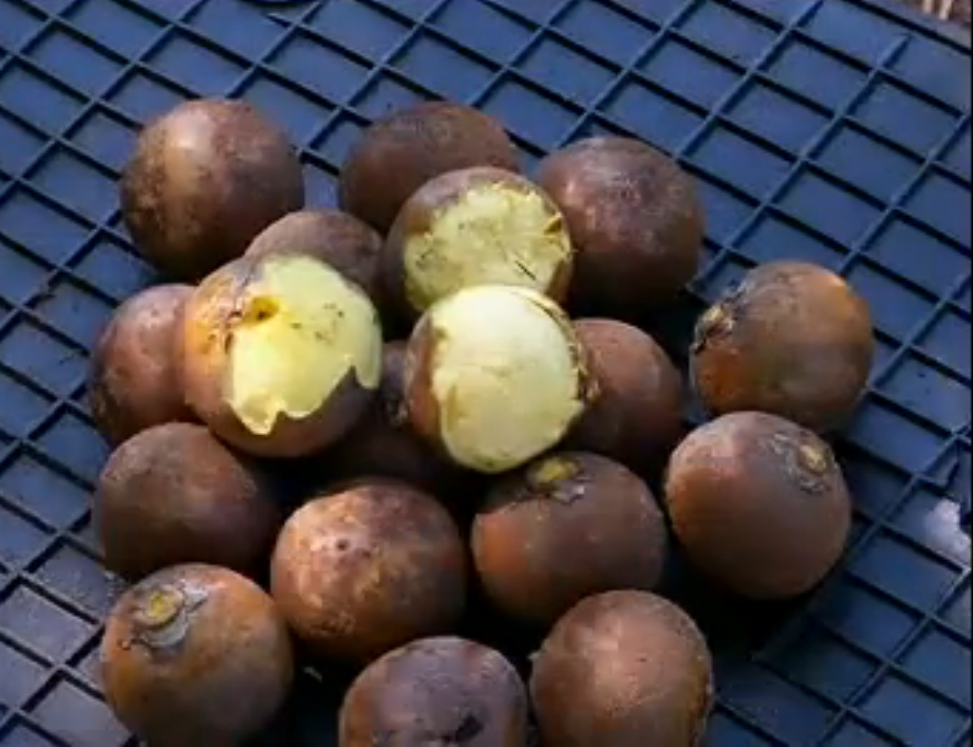
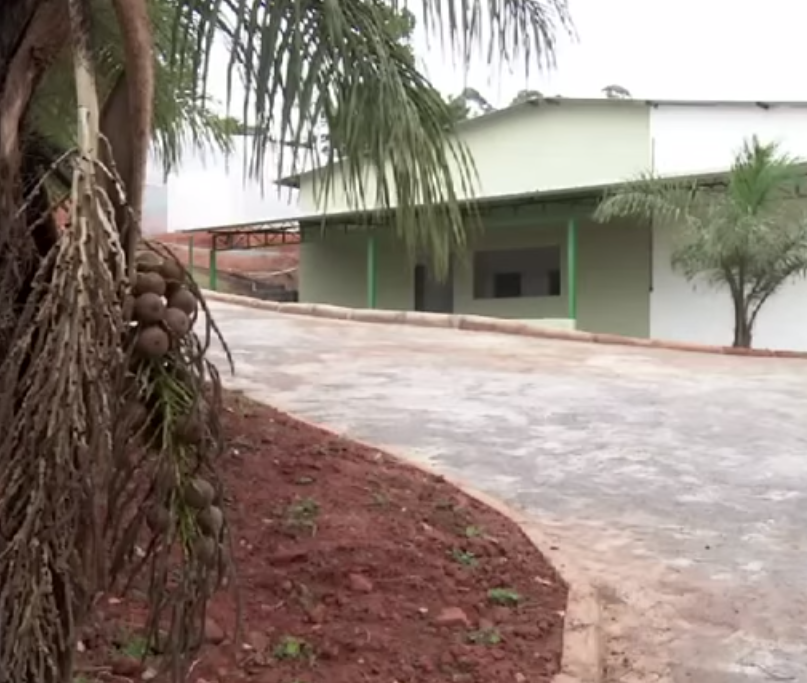





0 comentários
Agradecemos seu comentário! Volte sempre :)